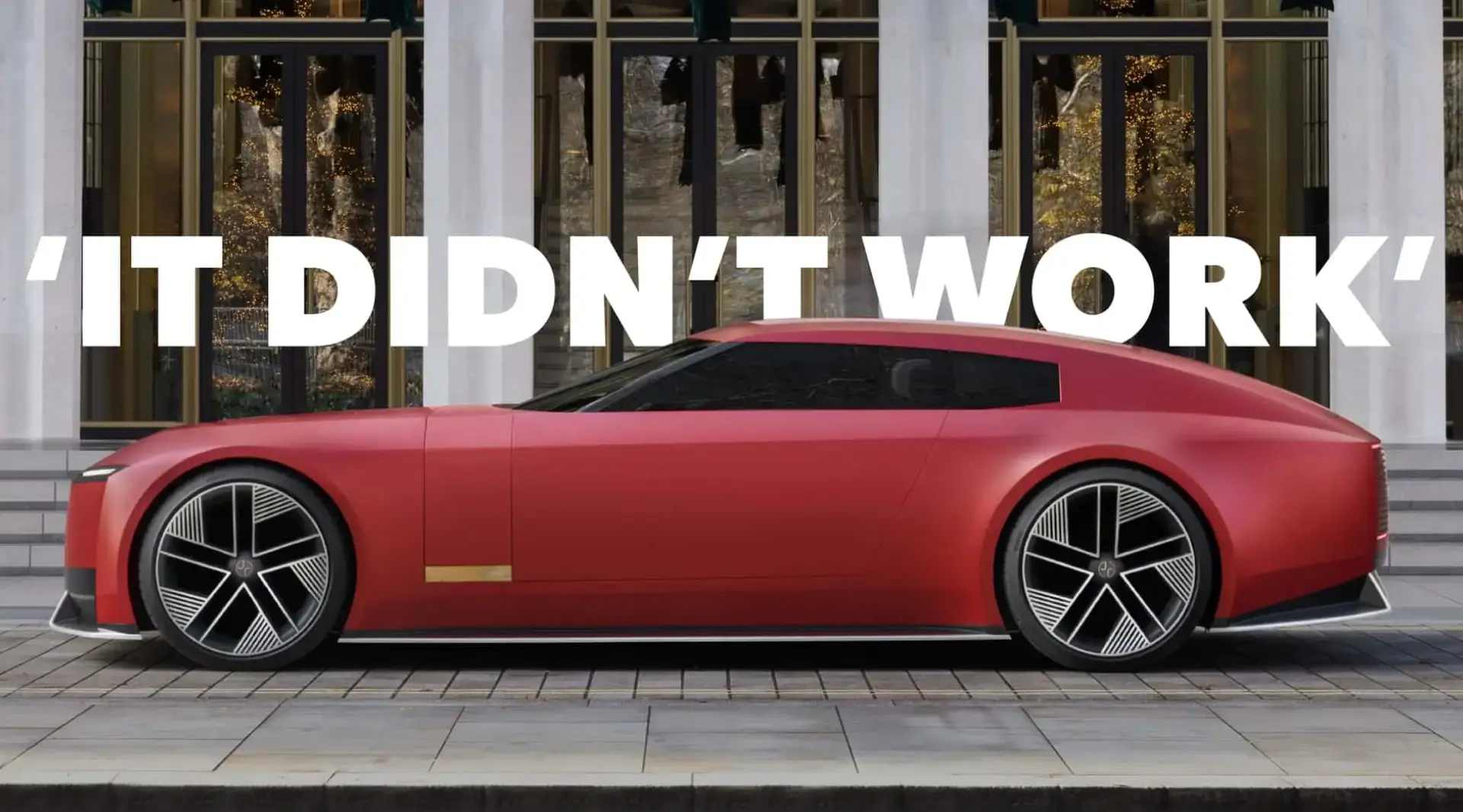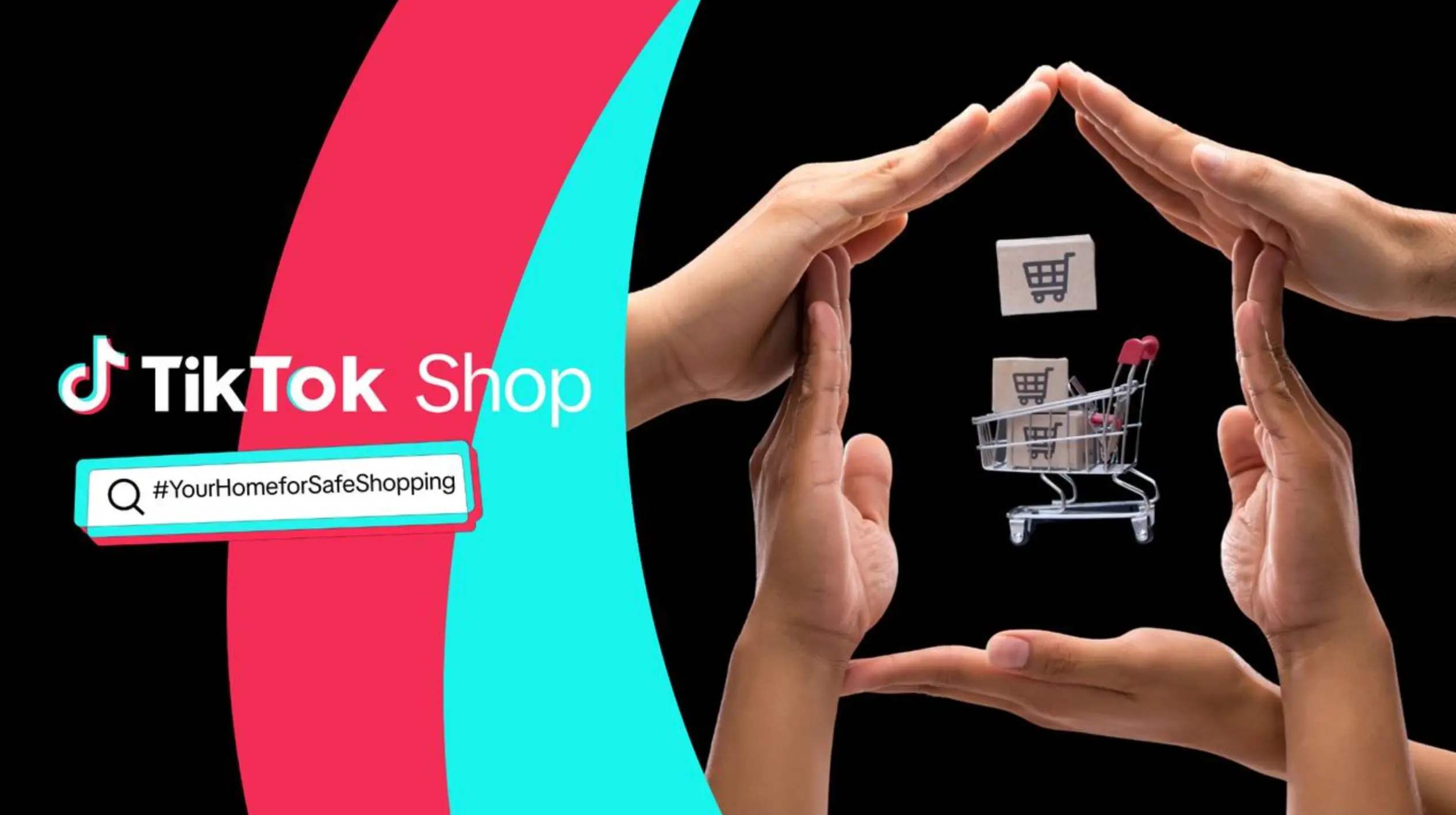Coca-Cola Marketing Strategy: A Comprehensive Case Study
Updated on
Published on

Introduced over a century ago, Coca-Cola remains the world’s most consumed soda, illustrating its unparalleled ability to engage and captivate consumers globally. This case study explores the marketing strategy of Coca-Cola that continues to make it the leading manufacturer and licensor of nonalcoholic beverages, offering a staggering 3,500 varieties across more than 200 countries. Coca-Cola's marketing strategy is one of the most effective testaments in the marketing game and we can all learn a lot from it.
From Pharmacist's Elixir to Global Refreshment Drink
On May 8, 1886, Dr. John Pemberton created what is now known as Coca-Cola. Originally sold at a pharmacy in Atlanta as a medicinal elixir, Coca-Cola has transformed into a global refreshment enjoyed daily by millions.
What is Coca-Cola's Marketing Strategy?
The strategic marketing decisions made by Coca-Cola are largely responsible for its success. Coca-cola's marketing approach includes comprehensive branding, widespread distribution, creative advertising, and innovative customer engagement tactics. Coca-Cola’s overarching vision continues to drive its global agenda, remaining focused on refreshing the world in mind, body, and spirit and making a difference to the people and communities it serves. This vision has enabled the company to maintain direction and momentum through periods of uncertainty.
Coca-Cola Target Audience
- Age: Targets youths (10–35 years) with celebrity endorsements and vibrant campaigns, while also catering to health-conscious older adults with products like Diet Coke and Coke Zero.
- Income and Family Size: Offers various packaging options across different price points to ensure affordability for students, middle-class families, and low-income groups.
- Geographical Segmentation: Tailors its formulas to suit regional tastes, such as sweeter versions in Asia, to resonate with local preferences.
- Gender: Differentiates offerings like Coca-Cola Light for women and Coke Zero for men, focusing on taste preferences linked to gender.
Advertising

From early advertisements in newspapers to groundbreaking campaigns like "I’d Like to Buy the World a Coke," Coca-Cola has always known the power of effective advertising. Each campaign not only promoted their product but also cemented Coca-Cola’s place in the cultural landscape. Coca-Cola’s advertising campaigns are designed to resonate on a global scale while maintaining local relevance. These strategies include:
- Creative Campaigns: Engaging and visually appealing ads that capture the essence of joy and refreshment.
- Emotional Branding: Utilizing regional languages and culturally relevant content to connect emotionally with consumers.
- Celebrity Partnerships: Collaborating with local and international celebrities to widen reach.
- Wide Coverage: Utilizing multiple channels, from traditional media to digital platforms.
- Engagement: Interactive campaigns and social media strategies to engage with a younger audience.
- Sponsorships: Long-standing partnerships with major events like the Olympics, FIFA World Cup, American Idol and popular TV shows enhancing brand visibility and consumer connection globally.
Coca-Cola has also embraced personalization in its past campaigns, from names on bottles to personalized marketing emails, enhancing consumer loyalty and personal connection with the brand.
1. "Share a Coke" Campaign
Launched initially in Australia in 2011, the "Share a Coke" marketing campaign is one of the most celebrated and successful marketing strategies in Coca-Cola's history. The campaign was groundbreaking in its approach—replacing the iconic Coca-Cola logo on bottles with common first names. The idea was simple yet powerful: personalize the Coke experience to encourage sharing and create a personal connection with the product. Consumers could find bottles with their names or the names of friends and family, making it not just a purchase but a personalized social experience. The campaign heavily leveraged social media, encouraging people to share their Coca-Cola moments online with the hashtag #ShareaCoke, which amplified the campaign's reach exponentially. After its initial success in Australia, the campaign rolled out in over 80 countries with country-specific names and designs, each resonating with local audiences and cultural nuances.
2. "I'd Like to Buy the World a Coke" (Hilltop)
Originally aired in 1971, the "Hilltop" commercial for Coca-Cola, also known as "I'd Like to Buy the World a Coke," remains one of the most iconic advertisements in the history of television. Conceived by Bill Backer of McCann Erickson, the commercial featured a diverse group of young people from all over the world singing on a hilltop in Italy. The ad's simple yet profound message of hope and unity, expressed through the lyrics "I'd like to buy the world a home and furnish it with love," struck a chord during a time of political unrest and social change. The commercial became more than just an ad; it became a cultural icon, evoking feelings of peace and camaraderie at a global scale. The ad's popularity led to several remakes and re-releases over the decades, including a famous 1990 version featuring the original singers and their children, and a Super Bowl version in 2011.
3. "The Happiness Machine"
As part of its "Open Happiness" campaign, Coca-Cola launched "The Happiness Machine" video in 2010. The campaign featured a specially designed Coke vending machine placed in a college campus that dispensed not just bottles of Coke but surprising acts of "happiness" – from pizza and flowers to balloon animals. The video quickly went viral, thanks to its genuine, unscripted reactions and feel-good vibe. It amassed millions of views on YouTube, bringing widespread attention and goodwill toward the brand. This campaign emphasized Coca-Cola's focus on selling experiences and emotions associated with the brand, not just the product. It highlighted the brand’s commitment to spreading joy and happiness. The success of the "Happiness Machine" led to the creation of similar campaigns globally, harnessing the power of viral marketing and showing the brand's innovative approach to engaging with younger audiences. This is one of Coca-cola's most effective marketing camapigns in history.
Social Media and Digital Marketing

Coca-Cola has evolved its marketing strategy from traditional mediums to a more integrated, multi-channel approach. The focus is now on building personal connections with consumers and leveraging digital platforms for targeted and engaging marketing campaigns. This shift has allowed Coca-Cola to maintain its relevance. Coca-Cola has embraced the digital age with robust online presence across platforms like Facebook, Twitter, Instagram, YouTube, and Snapchat. The brand leverages SEO, email marketing, content marketing, and video marketing to engage a broader audience effectively.
Coca-Cola Marketing Strategy
Coca-Cola employs a dual-channel marketing strategy:
- Personal Channels: Direct interaction with consumers to build personal connections.
- Non-Personal Channels: A mix of traditional and digital media, including newspapers, TV, social media, email, and outdoor advertising, to ensure widespread reach.
Coca-Cola’s Marketing Mix: The 4 Ps
- Product Strategy: Coca-Cola boasts an extensive portfolio of 500 products, positioned strategically within the market to maximize reach and profitability. Coca-Cola’s commitment to maintaining its original formula and ensuring product quality has fostered deep brand loyalty. Even when new recipes were introduced, such as New Coke, the public’s attachment to the original formula brought it swiftly back. To cater to diverse consumer tastes, Coca-Cola has expanded its product portfolio to include juices, teas, coffees, and other beverages. This diversification strategy helps the company penetrate different market segments.
- Pricing Strategy: Initially maintained a constant price for decades, it now employs a flexible pricing strategy to remain competitive without compromising perceived quality. Coca-Cola's pricing strategy is carefully crafted to remain competitive while ensuring profitability.
- Place Strategy: Operates a vast distribution network across six global regions, supported by an extensive supply chain involving bottling partners and distributors, ensuring global product availability.
- Promotion Strategy: Invests heavily in diverse advertising strategies to maintain brand visibility and consumer engagement across various platforms.

Coca-Cola's Growth Strategy
- Winning More Consumers: Expanding the consumer base through effective marketing and innovative product offerings.
- Gaining Market Share: Outperforming competitors by understanding consumer needs better and responding quickly.
- Maintaining Strong System Economics: Ensuring profitability and sustainability across the supply chain.
- Strengthening Impact Across Stakeholders: Building a positive influence on consumers, communities, and environments.
- Equipping for Future Success: Preparing the organization to meet future challenges through continuous learning and adaptation.
Additionally, sustainability is integral to Coca-Cola's growth strategy. The company has focused on reducing its environmental footprint, using resources more efficiently, and promoting recycling. These efforts are aligned with its mission to make a difference, ensuring that growth is sustainable over the long term.
These objectives serve as the north stars for Coca-Cola, guiding all strategic decisions and initiatives.
Brand Portfolio Optimization
The iconic Coca-Cola logo and the classic bottle design are instantly recognizable worldwide, making branding a cornerstone of their strategy. This section examines how consistent branding across various platforms plays a critical role in Coca-Cola's marketing. Keeping a uniform visual identity and engaging in significant sponsorships have allowed Coca-Cola to remain relevant and beloved by generations. In a significant move to optimize its brand portfolio, Coca-Cola reduced its brand count from 400 to 200 master brands. This strategic decision was aimed at focusing on those brands that align with and support the company's growth objectives. By doing so, Coca-Cola has ensured that it invests in brands with the highest potential for growth and profitability, balancing global, regional, and local brands to cover all drinking occasions.

Managing Missteps With Grace
Coca-Cola’s ability to handle marketing and business errors gracefully, such as the New Coke debacle, shows a brand well-versed in crisis management and responsive public relations.
Lessons for Marketers
- Brand Identity is Essential: A strong, consistent brand identity is vital for long-term success.
- Prioritize Product Quality: High product quality should always be a priority, supporting marketing efforts and building consumer trust.
- Strategic Pricing is Key: Effective pricing strategies can significantly impact brand perception and customer loyalty.
- Explore New Markets: Expanding into new markets can drive growth and help maintain relevance.
- Responsive PR Matters: Managing public relations actively and effectively can mitigate potential damages and boost brand image.
Find Similar Reads on More of Your Favourite Brands
What Makes Coca-Cola’s Marketing Strategy So Successful?
Coca-Cola’s enduring success is attributed to its ability to adapt to consumer needs, maintain a strong emotional connection with customers, and continuously innovate its marketing strategies.
Coca-Cola's success story is a playbook for marketers aiming to build a lasting brand that not only survives but thrives through changing times. By understanding and implementing these strategies, other brands can aim to replicate Coca-Cola's enduring appeal.







